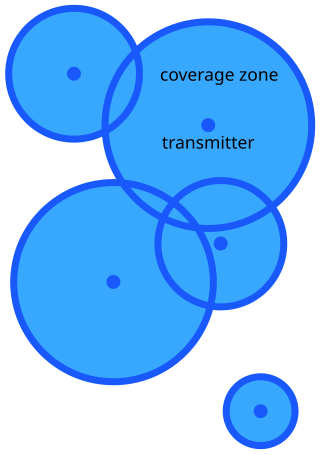Related Research Articles
The following outline is provided as an overview of and topical guide to statistics:

Terence Chi-Shen Tao is an Australian-American mathematician, Fields medalist, and professor of mathematics at the University of California, Los Angeles (UCLA), where he holds the James and Carol Collins Chair in the College of Letters and Sciences. His research includes topics in harmonic analysis, partial differential equations, algebraic combinatorics, arithmetic combinatorics, geometric combinatorics, probability theory, compressed sensing and analytic number theory.
Mark A. Pinsky was Professor of Mathematics at Northwestern University. His research areas included probability theory, mathematical analysis, Fourier Analysis and wavelets. Pinsky earned his Ph.D at Massachusetts Institute of Technology (MIT).
Frank Lauren Hitchcock was an American mathematician and physicist known for his formulation of the transportation problem in 1941.

In mathematics, stochastic geometry is the study of random spatial patterns. At the heart of the subject lies the study of random point patterns. This leads to the theory of spatial point processes, hence notions of Palm conditioning, which extend to the more abstract setting of random measures.

Eugene Lukacs was a Hungarian-American statistician notable for his work in characterization of distributions, stability theory, and being the author of Characteristic Functions, a classic textbook in the field.
In probability and statistics, an elliptical distribution is any member of a broad family of probability distributions that generalize the multivariate normal distribution. Intuitively, in the simplified two and three dimensional case, the joint distribution forms an ellipse and an ellipsoid, respectively, in iso-density plots.
Centre for Mathematical Sciences (CMS), with campuses at Thiruvananthapuram and Pala in Kerala, India, is a research level institution devoted to mathematics and other related disciplines like statistics, theoretical physics, computer and information sciences. The centre was incorporated in 1977 as a non-profit scientific research and training centre under the Travancore-Cochin Literary, Scientific and Charitable Societies Registration Act XII of 1955. The driving force behind the establishment of the centre was Prof. Aleyamma George, who had been Professor and Head of the Department of Statistics of University of Kerala. Since 2006, the centre is a Department of Science and Technology (India) (DST), Government of India, New Delhi Centre for Mathematical Sciences and is fully financed by DST, New Delhi.
Radha Govind Laha was an Indian-American probabilist, statistician, and mathematician, known for his work in probability theory, characteristic functions, and characterisation of distributions.
Nicholas Charles Wormald is an Australian mathematician and professor of mathematics at Monash University. He specializes in probabilistic combinatorics, graph theory, graph algorithms, Steiner trees, web graphs, mine optimization, and other areas in combinatorics.

Pao-Lu Hsu or Xu Baolu was a Chinese mathematician noted for his work in probability theory and statistics.
Donald Andrew Dawson is a Canadian mathematician, specializing in probability.

Pauline van den Driessche is a British and Canadian applied mathematician who is a professor emerita in the department of mathematics and statistics at the University of Victoria, where she has also held an affiliation in the department of computer science. Her research interests include mathematical biology, matrix analysis, and stability theory.

Ismat Beg, FPAS, FIMA, is a Pakistani mathematician and researcher. Beg is a professor at Lahore School of Economics, Higher Education Commission Distinguished National Professor and an honorary full professor at the Mathematics Division at the Ruggero Santilli Institute for Basic Research, Florida, US. He has an enthusiastic and interactive teaching style and is famous for saying “please come on the board” when posed with a question in class. This helps uplift the students’ confidence.

The Department of Mathematics and Statistics is an academic department at McGill University. It is located in Burnside Hall at McGill's downtown campus in Montreal.

Stanislav Alexeyevich Molchanov is a Soviet and American mathematician.
Serge B. Provost is a full professor at the University of Western Ontario in the Department of Statistical and Actuarial Sciences.
References
- ↑ Award Winners. Archived 15 June 2009 at the Wayback Machine Statistical Society of Canada. Accessed 24 January 2010
- ↑ Fellows, National Academy of Sciences, India. Accessed 24 January 2010
- ↑ Centre for Mathematical Sciences, India, receives research grant. Archived 14 May 2009 at the Wayback Machine IMS Bulletin, vol. 36, no. 3, April 2007